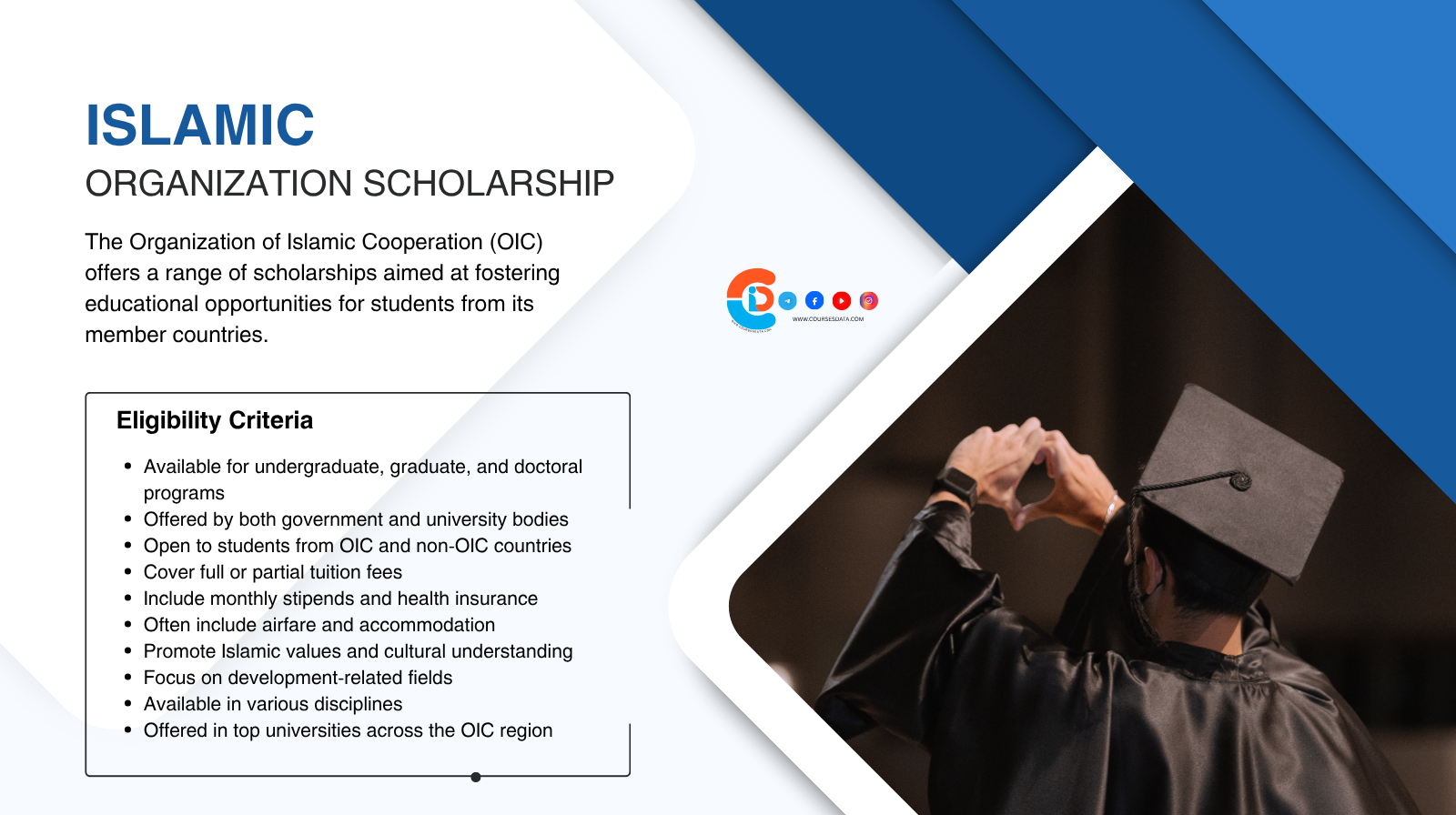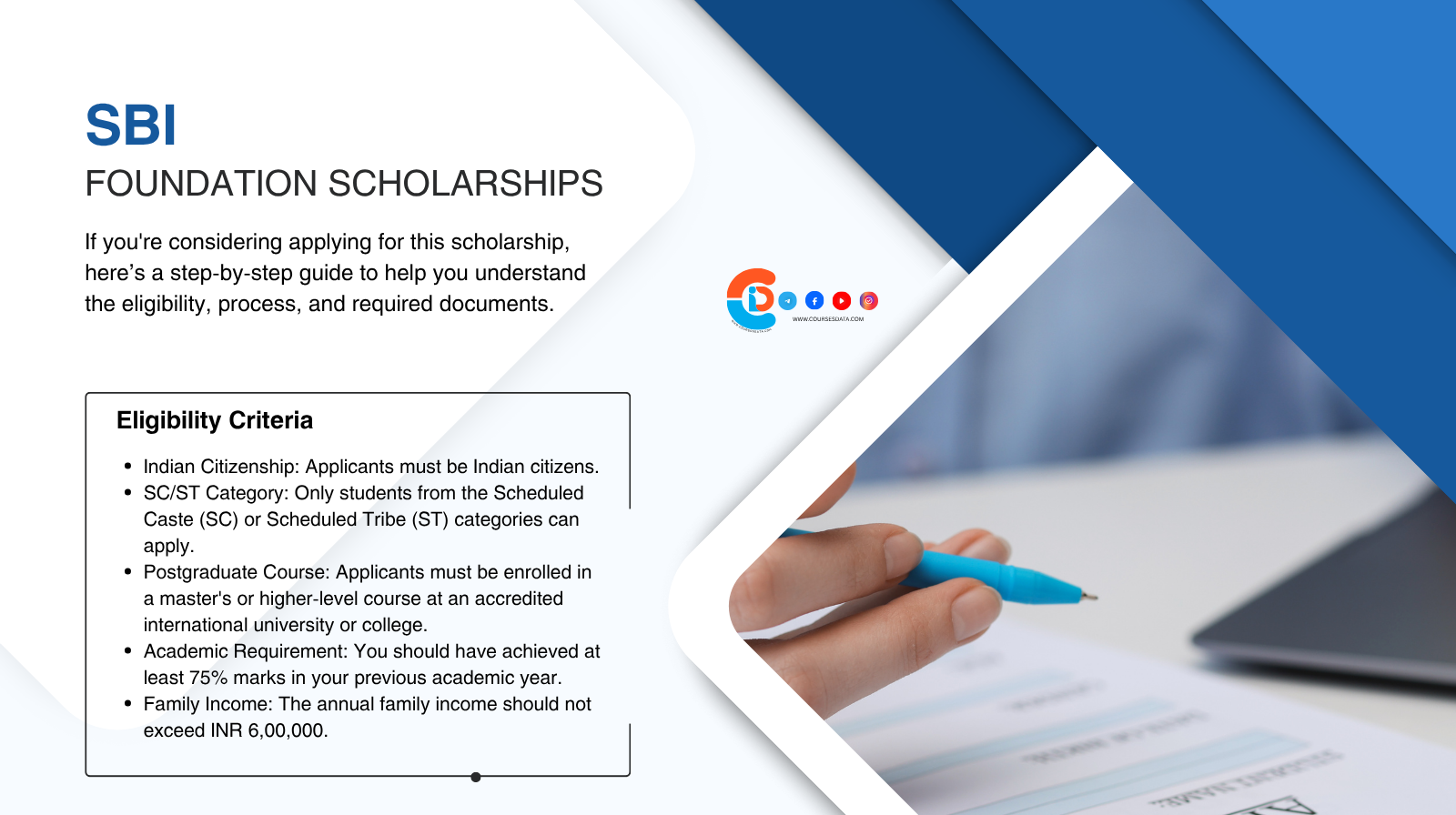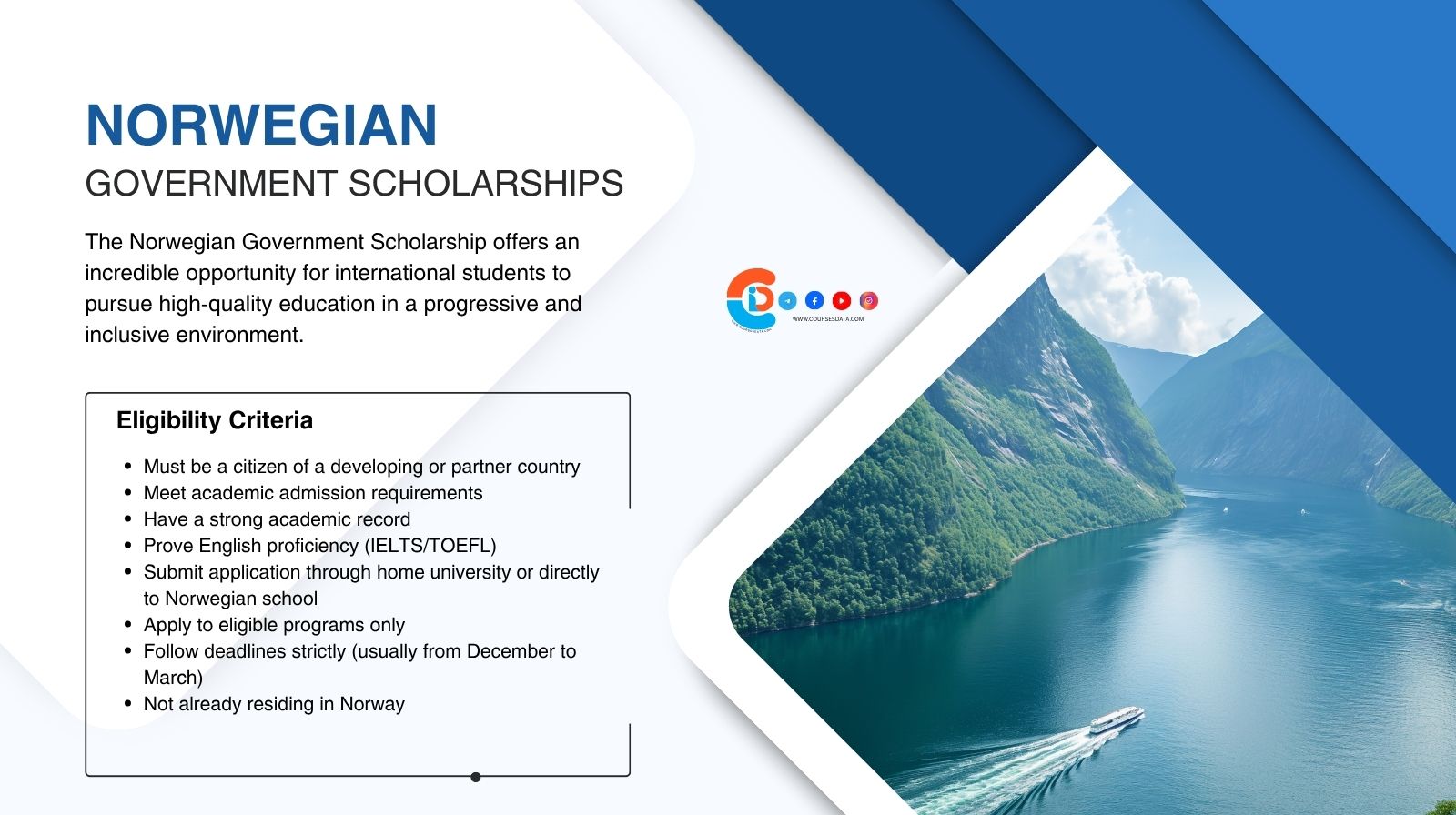
Are you looking for a fully funded opportunity to study in Mexico through a government scholarship?
Mexico offers an excellent scholarship program funded by its government for international students. The Mexican Government Scholarship (Beca del Gobierno de México) opens doors to undergraduate, master’s, doctoral, and research studies at top public universities in the country.
The Mexican Government Scholarship is an official academic grant for international students offered by the Mexican Agency for International Development Cooperation (AMEXCID). It aims to promote academic and cultural exchange with over 180 eligible countries.
Key facts about the scholarship include:
This scholarship is available for foreign students from selected countries that maintain diplomatic and educational cooperation with Mexico. Applicants must meet academic, health, and documentation requirements.
Eligibility requirements include:
The Mexican Government Scholarship is considered one of the most generous programs in Latin America. It provides full financial support during the study period.
Comprehensive benefits include:
The application process is centralized through AMEXCID’s online platform. Applicants must prepare thoroughly and meet all submission deadlines.
Steps to apply include:
Over 90 higher education institutions participate in this program, offering accredited academic options across a wide range of disciplines.
Notable participating universities include:
Applicants must upload all relevant documents in Spanish or with certified translations. Missing or incorrect files may result in disqualification.
Ensure the following documents are ready:
Selection is merit-based, but priority is also given to applicants whose study areas align with Mexico’s development goals.
Evaluators consider:
Programs in key academic disciplines are eligible. The Mexican government emphasizes subjects that support regional and national development.
In-demand academic areas include:
It is essential to apply within the announced timeframes to be considered. The application cycle follows an annual schedule.
Typical timeline:
| Stage | Timeline |
|---|---|
| Call for Applications | May to June |
| Application Submission | May to July |
| Evaluation Process | August |
| Results Announcement | September |
| Visa and Travel Preparation | September to October |
| Program Start Date | October or following January |
Mexico offers a vibrant, multicultural experience with affordable living costs and dynamic urban centers. International students enjoy support from universities and local communities.
Student life highlights:
Yes, it covers tuition, airfare, living allowance, health insurance, and visa costs.
Some programs may offer English-taught courses, but Spanish proficiency is typically required.
It’s competitive due to high global demand. Strong academic performance and a focused application increase your chances.
No strict age limit, but programs may prefer applicants under 40.
Yes, a letter of acceptance from a Mexican university is mandatory.
Generally, work is not permitted, as the scholarship fully supports your expenses.
Usually in September, a month after the application deadline.
Yes, this is part of the agreement with the Mexican government.
From application to program start, the process can take 4 to 6 months.
Yes, doctoral and research fellowships are available under this scholarship.
The Mexican Government Scholarship is a fully funded opportunity to study in Mexico while immersing in its rich academic and cultural landscape. It’s an ideal path for driven students seeking global education.
Free students tools, Recommendation letter Writing Service, Motivation Letter Writing Service, Intent Letter Writing Service
Apply Here Recommendation letter Motivation Letter Intent LetterLooking to advertise, promote your brand, or explore partnership opportunities?
Reach out to us at
[email protected]












Chose where you want to study, and we will let you know with more updates.